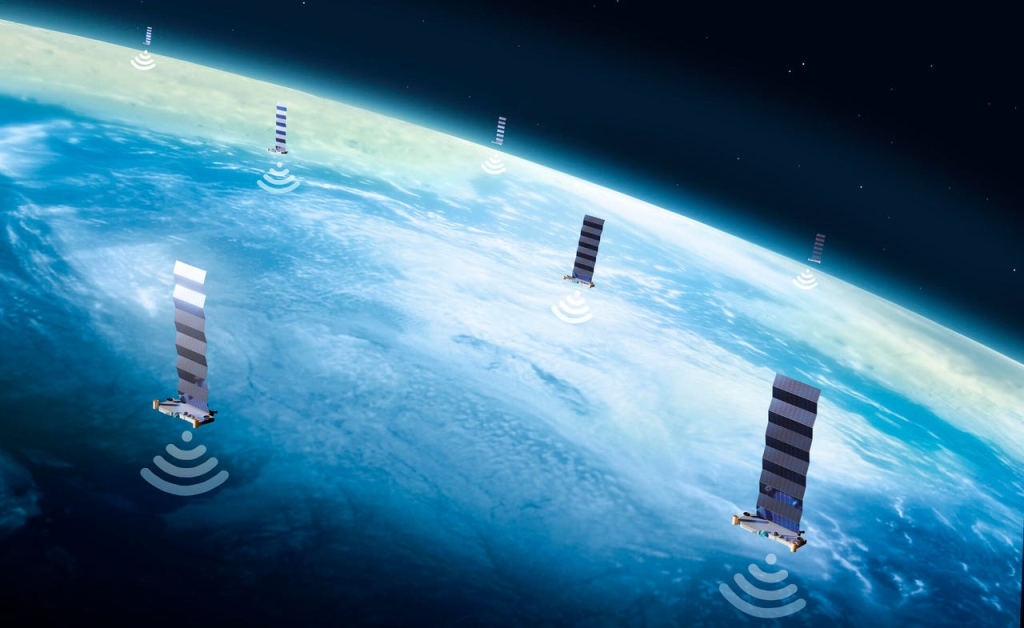
The T-Mobile Starlink Direct-to-Cell beta program is set to change the landscape of mobile connectivity by providing coverage in areas that traditional cellular networks have long struggled to reach. As of December 2024, T-Mobile is accepting registrations for this exciting new service, which aims to eliminate the notorious “dead zones” that have plagued rural areas, remote locations, and even some airspaces. This initiative leverages Starlink’s growing constellation of low-Earth orbit (LEO) satellites to deliver high-speed connectivity where conventional towers and networks fall short.
The beta program, launching in early 2025, will initially support text messaging, allowing T-Mobile customers to send and receive messages even in the most isolated areas. The service uses a dedicated network of 300 Starlink satellites and promises to cover up to 500,000 square miles of land in the U.S. that are currently underserved by traditional cellular infrastructure.
While the initial launch will focus on text messaging, T-Mobile and Starlink have ambitious plans to expand the service. By mid-2025, they aim to introduce voice and data capabilities. This will make it possible to not only send texts but also make calls and access the internet in areas where terrestrial networks cannot provide service.
The service will evolve to include more functionalities, with Internet of Things (IoT) connectivity also expected by the end of 2025.
How Does T-Mobile’s Starlink Direct-to-Cell Work?
Unlike traditional cell towers that rely on terrestrial infrastructure, Starlink’s Direct-to-Cell technology utilizes satellites in orbit to connect directly to mobile devices. This innovation means that as long as your phone can “see the sky,” you’ll have access to text messaging, even when you’re out of range of conventional cellular towers. T-Mobile’s integration of this technology ensures that users won’t have to manually search for signals or navigate cumbersome connection processes. Messages will be sent and received as easily as they would on a regular network.
Who Can Benefit from T-Mobile Starlink Direct-to-Cell?
This service is designed with a broad spectrum of users in mind. Its primary audience includes people who often find themselves in areas outside the reach of traditional cellular networks. This includes:
Rural Communities: Areas that are underserved or completely ignored by traditional cellular providers will benefit significantly from this service.
First Responders: Emergency teams working in disaster-stricken areas where communications are critical will be able to rely on Starlink to stay connected.
Outdoor Enthusiasts: Hikers, mountaineers, and campers can enjoy peace of mind, knowing they can stay in touch even when deep in remote areas.
Travelers and Pilots: T-Mobile Starlink is also looking to expand its reach to locations like airplanes, offering connectivity in-flight, which could revolutionize how people stay connected during long-haul journeys.
FAQs
1. How do I sign up for the T-Mobile Starlink beta program?
You can sign up directly through T-Mobile’s website. The beta program is open to select T-Mobile postpaid voice customers with compatible devices.
2. Will T-Mobile Starlink Direct-to-Cell work with my current phone?
The service is designed to work with most modern mobile phones. However, the initial beta program will support only specific “optimized” smartphones.
3. When will T-Mobile Starlink support voice and data?
The voice and data capabilities are expected to be available by mid-2025.
4. Is T-Mobile Starlink free?
The beta program is free for T-Mobile postpaid customers, but once the service expands, there might be a monthly fee, depending on your mobile plan.
5. What areas will T-Mobile Starlink cover?
Initially, the service will cover up to 500,000 square miles of land in the U.S. that are not served by traditional cell towers.
6. Can I use T-Mobile Starlink Direct-to-Cell while traveling abroad?
The service is currently limited to U.S. territory, but T-Mobile has partnerships with several international carriers, so expanded global coverage may be available in the future.